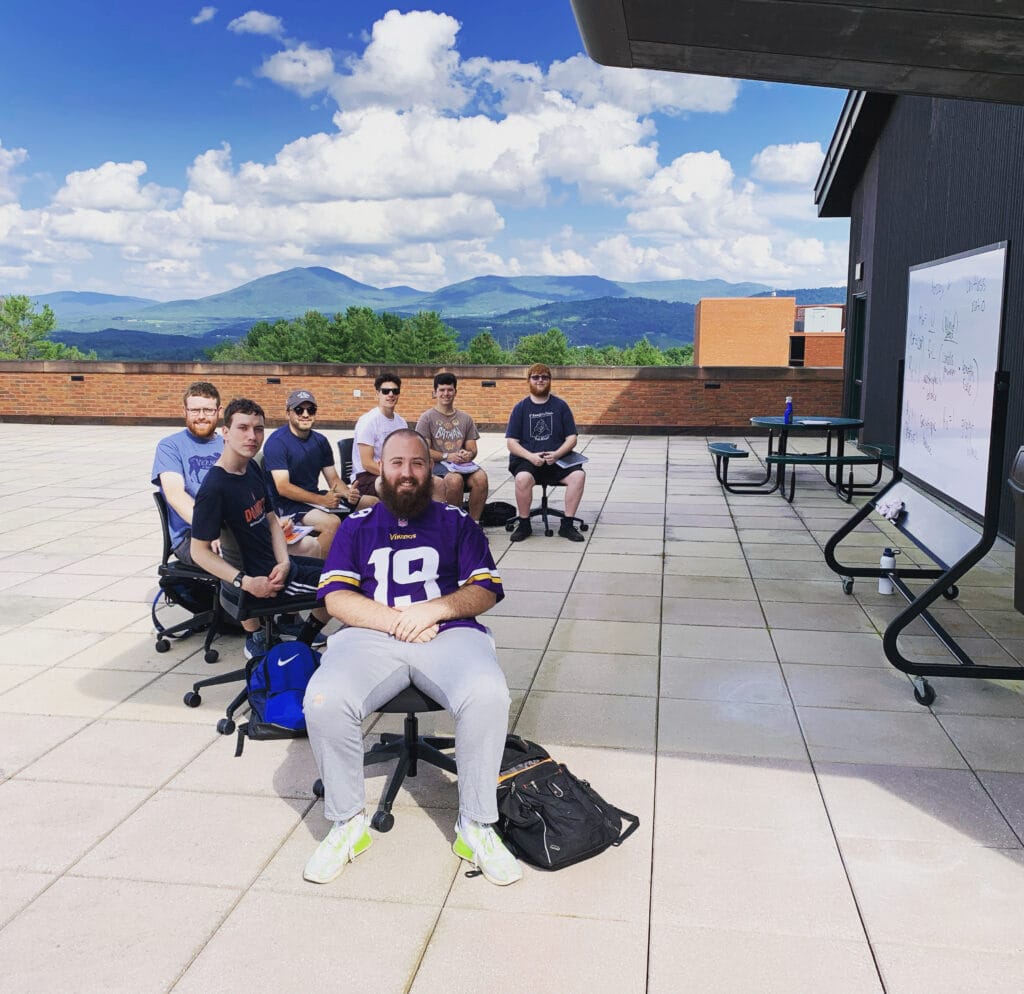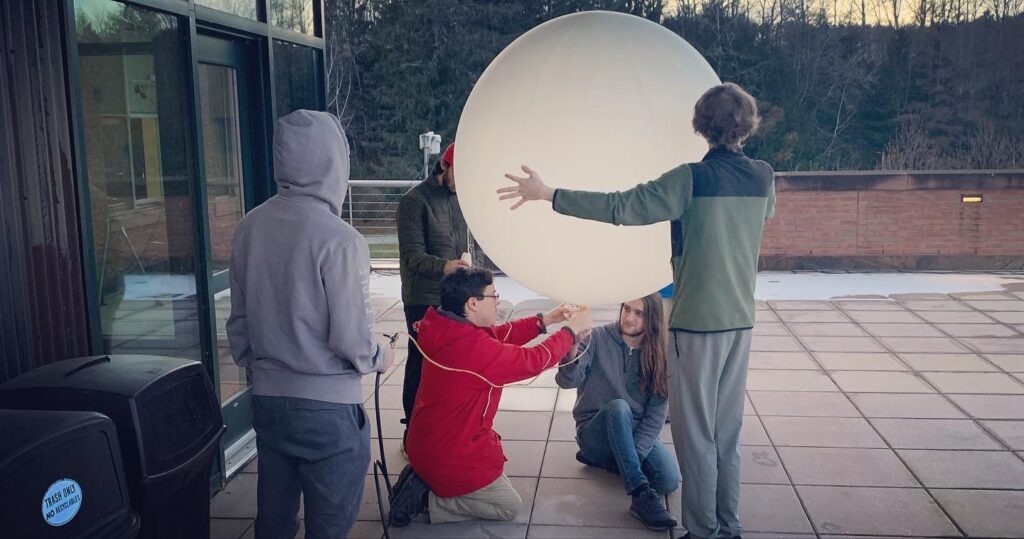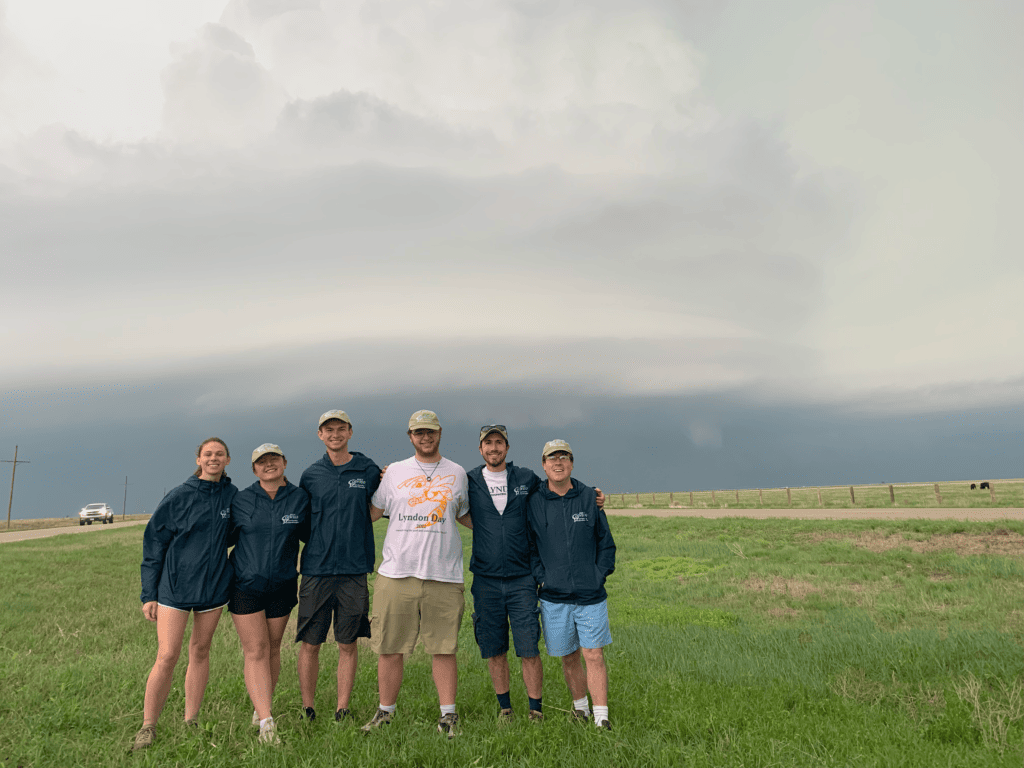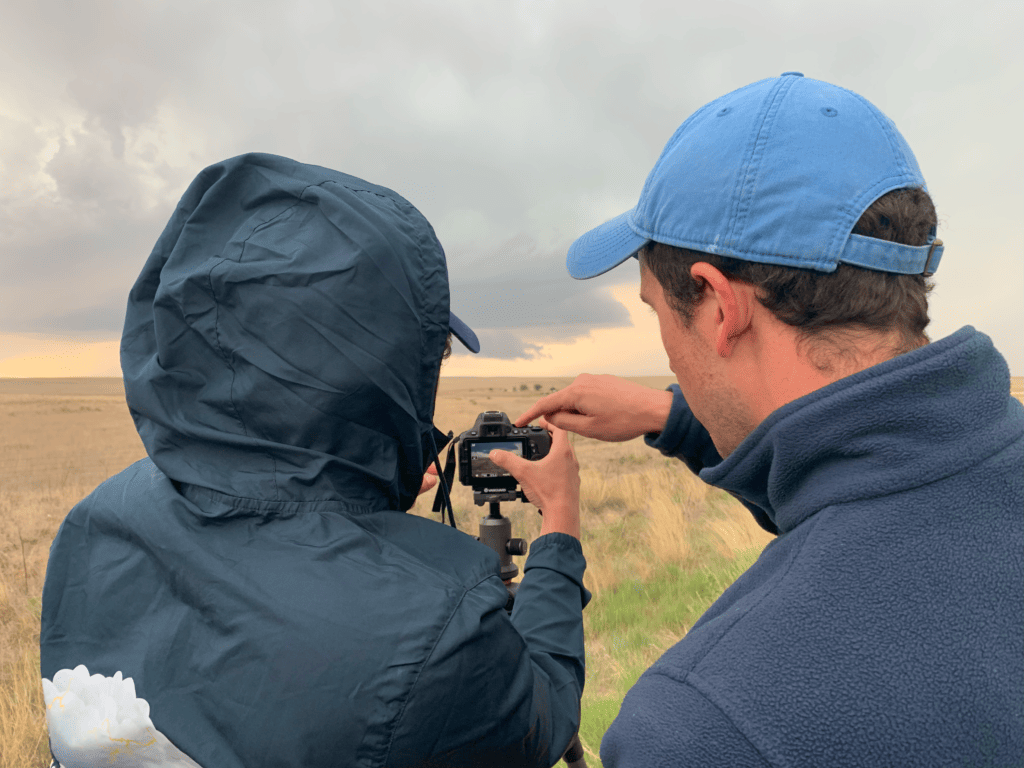Dr. Preston joined the Atmospheric Sciences faculty in 2017 after earning his Ph.D. in Meteorology from Florida State University. He has enjoyed engaging students in the Lyndon community and getting them excited about the weather through classroom activities. For example, students in his courses gain experience using Python, GRLevel2 Analyst, and AWIPS. They also get to run model simulations of severe weather phenomena using the Weather Research and Forecasting Model on one of the largest supercomputers in the world.
Dr. Preston’s specific research interests are in areas related to deep convection. Understanding the physical processes within convective systems is critically important for both short-term weather forecasting and long-term climate impacts. Dr. Preston’s research goals are to better understand 1) the impacts of deep convection on climate, 2) the structure and evolution of convective systems, and 3) the relationship between convection and lightning. He combines observations and numerical modeling to better understand these phenomena and involves undergraduate students in the process.
Dr. Preston has considerable experience conducting lightning-related research. He previously developed lightning cessation guidance that improved lightning warnings for America’s space program at the NASA Kennedy Space Center and Cape Canaveral Air Force Station. He closely collaborated with the U.S. Air Force 45th Weather Squadron to develop statistically derived cessation algorithms that can be used operationally. Results were published in Wea. Forecasting (Preston and Fuelberg 2015) and showed the importance of using the presence of graupel to improve cessation guidance for isolated storms near the Kennedy Space Center. Dr. Preston has continued to research lightning cessation during his time at Lyndon. For example, he recently published a paper with a Lyndon alumnus that examined lightning cessation guidance for the Washington, D.C., area in Atmosphere (Drugan and Preston 2022). This work was a continuation of a Senior Capstone Project.
More recently, Dr. Preston secured funding from the COMET NWS Partners Grant. This project builds on previous studies by applying lightning jump algorithms to the onset of severe weather in the NWS Burlington County Warning Area. Radar data are often unreliable in portions of Vermont because of beam blockage by the Green Mountains. Vermont’s sparse population also makes storm reports less frequent than in other regions of the U.S. Therefore, NWS Burlington would greatly benefit from utilizing lightning data to better assess storm severity. For this study, both severe and nonsevere storms from 2018-2021 were tracked to assess lightning jumps using data from the Geostationary Lightning Mapper.
Every summer, Dr. Preston takes a handful of Lyndon students to participate in the SUNY Oswego Storm Forecasting and Observation Program. This storm-chasing opportunity focuses on helping students improve their understanding of convective forecasting and storm structure, and the field experience is a great opportunity for hands-on student learning. The first two weeks are spent in the field, forecasting severe weather, observing storm structure, and collecting data. Students are involved in the data collection process, including weather balloon launches to help capture a vertical profile of the atmosphere. Students also use professional cameras, tripods and GPS devices to conduct cloud photogrammetry. The pictures that students captured can later be analyzed to measure the dimensions of the storms observed.









